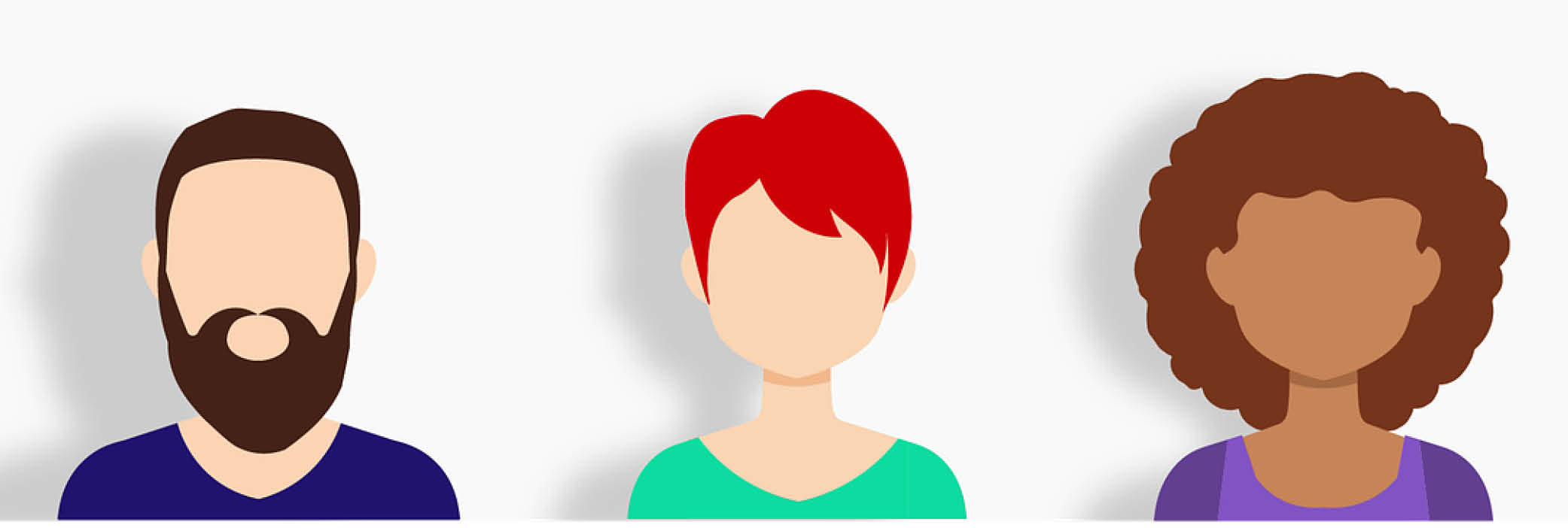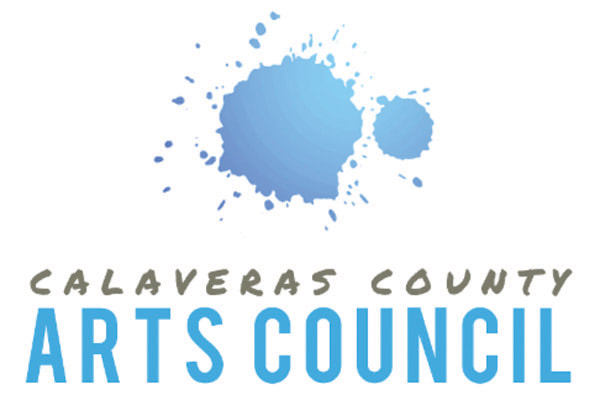Online platform made in the shade for artistsPart 3 in a series about artists going online Other parts in this series: Putting your art on(line) Should I show my art on Facebook? How to Instagram Instagram tends to be a happy place, devoted to image scrolling and tending towards the inspirational. You can follow friends, artists you like, cos-players, dress makers, car collectors, gardeners—there are loads of random topics to make you smile. Instagram is built primarily for smartphones. You can see your account on a desktop system, but you can only post to Instagram via your smartphone, unless you pay for a service that posts for you, or use a complicated workaround. It's all about the storiesWhat makes Instagram so popular? It’s all about the stories. They are fascinating. The sweet story of a girl and her dog. The strange and wonderful world of a fantasy artist. The foul mouthed botanist. The musings of a man with pet pigs. And best of all, art lessons from skilled artists. (Personal note: I follow many, many artists. I take classes from artists I find on Instagram. I learn from their videos. I purchase artwork and books. I advertise for the Arts Council on Instagram. And I post my own artwork.) Since Instagram is a visual medium, good photos of your art are crucial. And you’re already doing that, right? If not, read our blog post on how to photograph your art. The fun thing about Instagram is that you get to be creative with your photos; you’re not entering a competition. There aren’t strict rules. Photograph your art in different locations. On your desk. In the garden. On your head. Be creative Study what other artists do and try out their ideas. Take the time to honor your art and make it look good. Think of Instagram as an open studio tour in cyberspace. Like Facebook, Instagram offers a personal account option and a business account option. A business account option allows you to advertise, gives you analytics about your traffic, and a host of other benefits. If you elect to have a private account as a way to share your artwork with the world, be sure and make it public so you can be found. (How to make your personal Instagram account private)
Ceramicist Steven Hall, who owns Brownell Ceramics in Mountain Ranch has a business account for strictly business purposes, and a private account for his own use. “I use the personal account for posts that don't contribute to the branding and marketing of my business, like camping, birthdays, family, and friends etc. I use the business account for my professional page because IG provides analytics and advertising that aren't available to personal accounts.” According to Hall, Instagram analytics can help you market your work with information like what time of day your viewers are most active so that your posts are more likely to be seen and engaged with. He also warned against posting too often so you don't wear out your followers. It's a good idea to take time and consider your Instagram strategy to make the most of your online efforts. A beginners guide to Instagram https://blog.hubspot.com/marketing/how-to-use-instagram https://productpictips.com/how-to-photograph-your-art-for-instagram/#Get_Your_Art_Seen_On_Instagram Should I convert to an Instagram business account? https://blogs.constantcontact.com/instagram-business-account/ How to promote art on Instagram https://sproutsocial.com/insights/promote-your-instagram/ |
Become a member of the Arts Community in Calaveras County
Join the CCAC!
You can still join the CCAC in 2! Your membership helps the arts grow in Calaveras County. Calaveras County Arts CouncilOur goal is to support, nourish, and awaken the arts in our community. Archives
May 2024
Categories |
The mission of the Calaveras County Arts Council is
to build a united community by awakening, supporting, and nourishing the arts.
Gallery HoursHOURS
Tuesday - Friday: 11 a.m. - 4 p.m. Saturday by appointment Email [email protected] for an appointment or call 209 754 1774 |
Address/Telephone/Email |
The Calaveras County Arts Council is a private non-profit 501(c)(3) public benefit corporation. Founded in 1981, our purpose is to coordinate excellence in the presenting and promotion of the visual and performing arts of all cultures for artists, residents and visitors. Our staff is comprised of an executive director under the direction of a maximum 11-member volunteer Board of Directors. EIN 94-2779793




 RSS Feed
RSS Feed
